High-quality photographic lenses from ZEISS
Lenses and other optical instruments from the German manufacturer ZEISS are now world-famous. Even laymen know what the name of this brand stands for. The company has its origins in the Thuringian town of Jena - where Carl Zeiss laid the foundation stone in 1846 with his small workshop for optics and precision mechanics. In these 175 years, ZEISS has developed into a leading supplier in many areas of the optical industry: The various ZEISS business units offer, for example, lenses for semiconductor manufacturing, microscopes, surgical microscopes, solutions in industrial metrology, planetariums, ophthalmic lenses, lenses for the film industry, and also high-quality photographic lenses, binoculars and spotting scopes. ZEISS is a leader in many of these business areas and has firmly established itself on the world market.
ZEISS lenses at a glance
ZEISS offers a wide range of high-quality lenses for photographic and film applications, aimed at both professional users and demanding amateurs. The following section provides an overview of the different product lines and their respective areas of application.
SLR lenses
For SLR cameras with Canon EF (ZE) or Nikon F (ZF.2 ) bayonet, ZEISS offers the OTUS, MILVUS and CLASSIC product families. All these lenses are manual fixed focal lengths for cameras with full-frame sensors (of course, they can also be used on cameras with APS-C sensors), offering outstanding precision and imaging performance. All SLR lenses are made entirely of metal and feature damped manual focusing rings with a very long angle of rotation for precise work in photo or video applications.
Otus lenses mark the absolute top in terms of performance for photo lenses. Even at open aperture (f/1.4), the four available focal lengths already offer imaging performance that other lenses only achieve by stopping down. High contrast right into the corners of the KB format, outstanding correction of lateral and longitudinal chromatic aberration, minimal distortion and image field curvature - demanding users with high-resolution full-frame cameras will find the perfect tool in the Otus lenses.
With the Milvus lenses, ZEISS offers a modern lens series with 11 focal lengths from 15mm to 135mm. This means that the optimum focal lengths are available for the most diverse fields of application, e.g. for landscape, architecture, street, portrait, still life or macro photography. With their excellent protection against dust and splash water, the lenses of the Milvus product family are suitable for tough use in all environmental conditions. Thanks to the de-click function of the aperture ring (only ZF.2- versions with Nikon F bayonet), they are also perfect for use in video recording with stepless and thus silent aperture control.
With the two focal lengths of the Classic lens family, lenses with a classic "look" are available that offer a very nice "soft" image and a "dreamy" bokeh, especially at wide open aperture (f/1.4).
Lenses for mirrorless system cameras
With the product families BATIS, LOXIA and TOUIT, ZEISS also offers high-performance fixed focal lengths for mirrorless system cameras.
With the BATIS lenses, high-quality full-frame AF lenses with Sony E-mount are available. These dust and splash-proof lenses are compact and, above all, lightweight to harmonise perfectly with the Sony E-mount mirrorless camera bodies. They support all functions (e.g. AF, face and eye detection) of the Sony E-mount cameras and are partly equipped with an optical image stabiliser (focal lengths 85mm and 135mm). The built-in OLED display provides information on focus distance and depth of field.
LOXIA lenses, on the other hand, are very compact, purely manual (focusing and aperture) fixed focal lengths with Sony E-mount, which, like ZEISS SLR lenses, are made entirely of metal. With their mechanical precision (e.g. large rotation angle of the focus ring, de-click function of the aperture) and their uniform diameters, they are popular for all demanding photographic tasks and professional video use.
The three fixed focal lengths of the TOUIT lens family have been developed for cameras with APS-C sensor, either with Sony E- or Fuji X-bayonet. Despite their compactness and light weight, they offer the highest optical performance and support all the functions (e.g. AF) of these camera models.
Rangefinder lenses
The ZM lens family, on the other hand, offers all common focal lengths for rangefinder cameras with Leica M bayonet. With their high imaging performance, compactness and mechanical precision due to their all-metal housings, they harmonise excellently with those analogue or digital rangefinder models with M bayonet that have been reduced to the essentials.
With all its current photographic lenses, ZEISS provides high-quality precision instruments for demanding and ambitious photographers and videographers who particularly appreciate the advantages of fixed focal lengths and are looking for lenses for specific areas of application in each case.

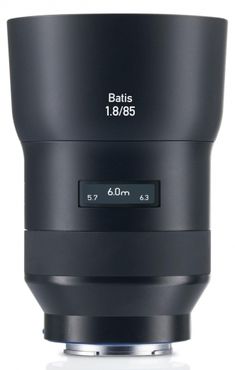
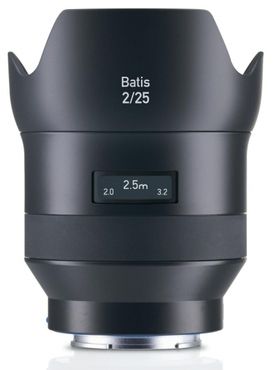
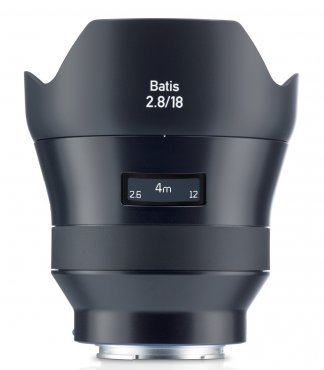
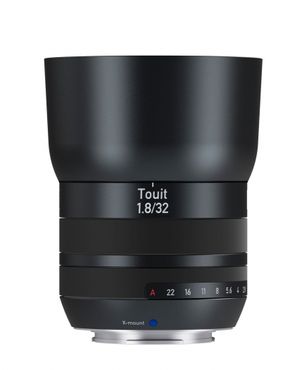
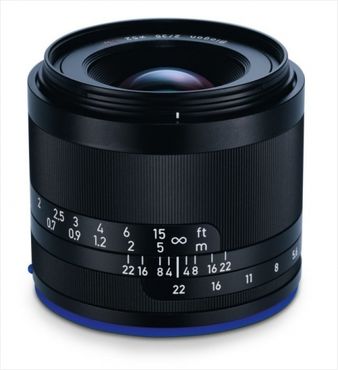
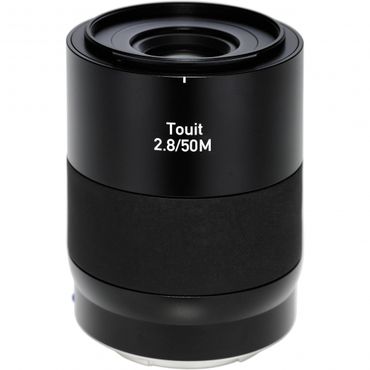

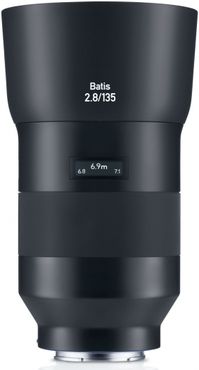
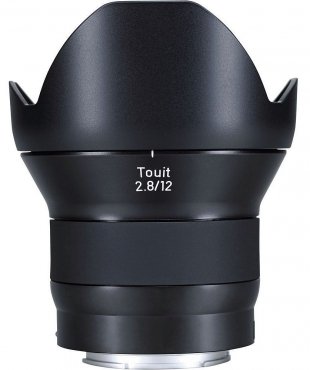
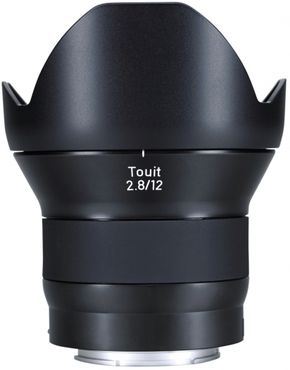
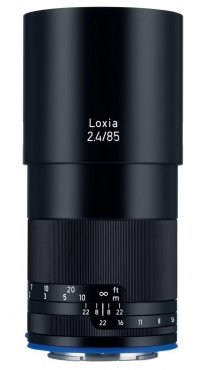
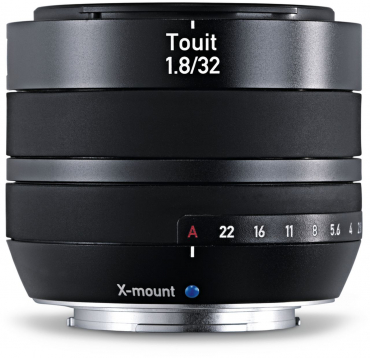
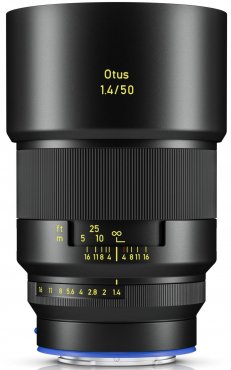
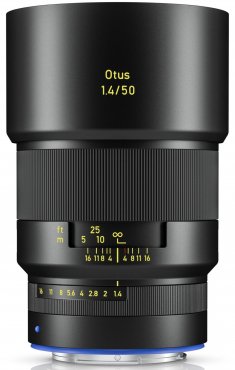
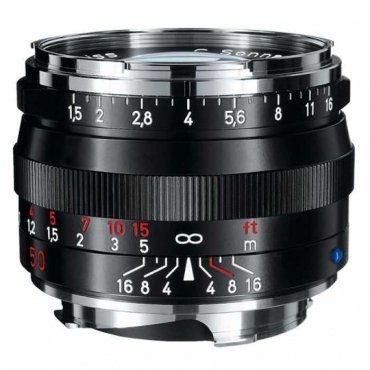
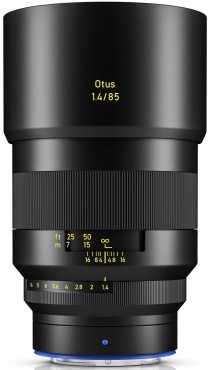
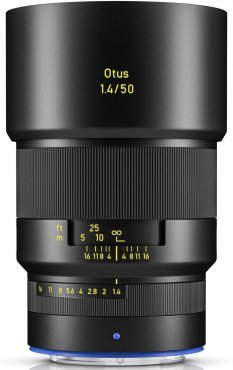
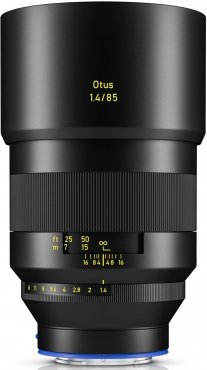
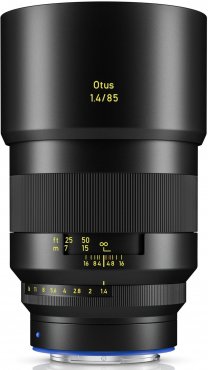

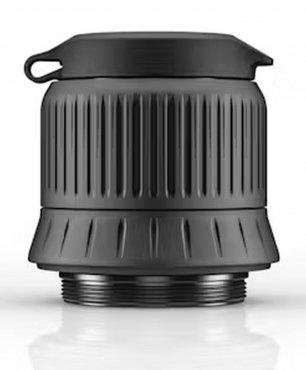
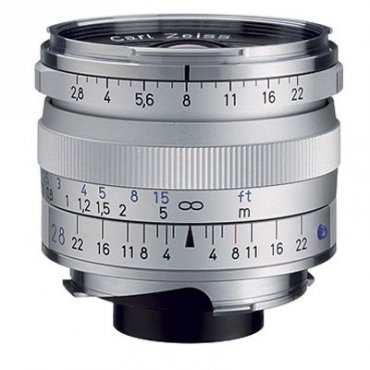
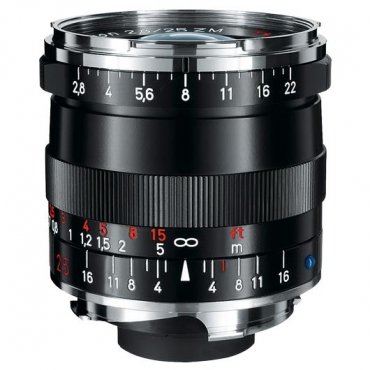
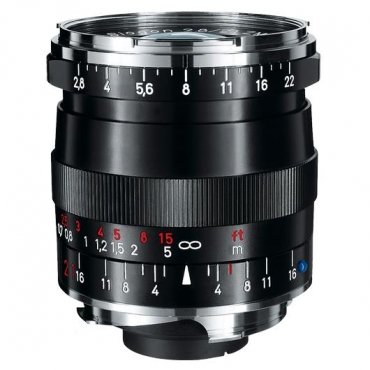

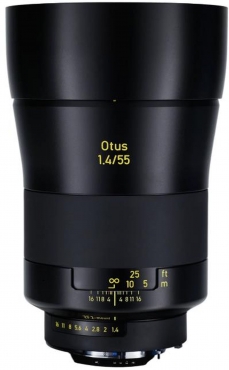
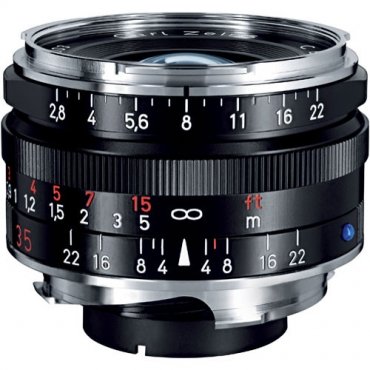

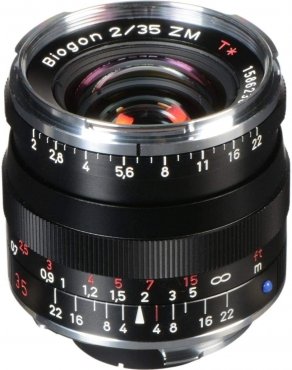

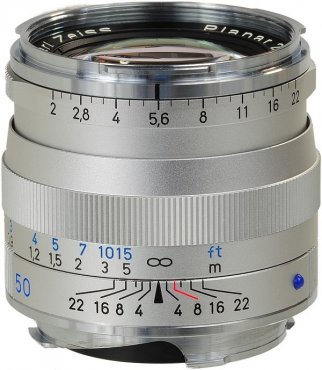

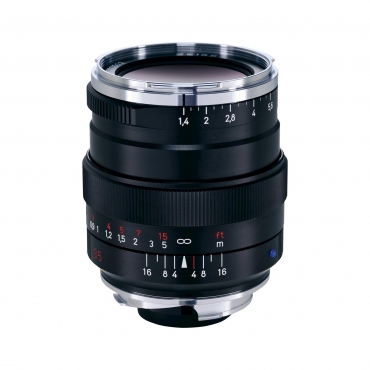
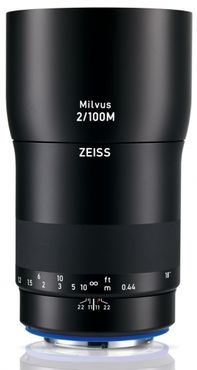
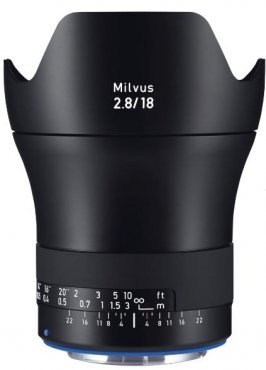
Simply subscribe and benefit as a newsletter recipient every week: